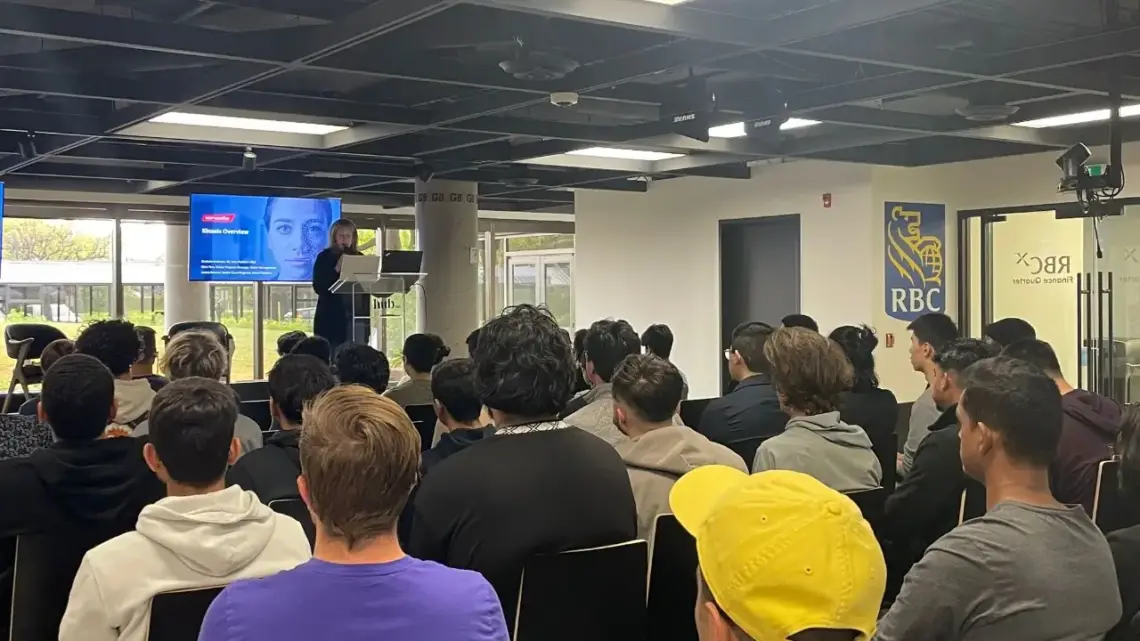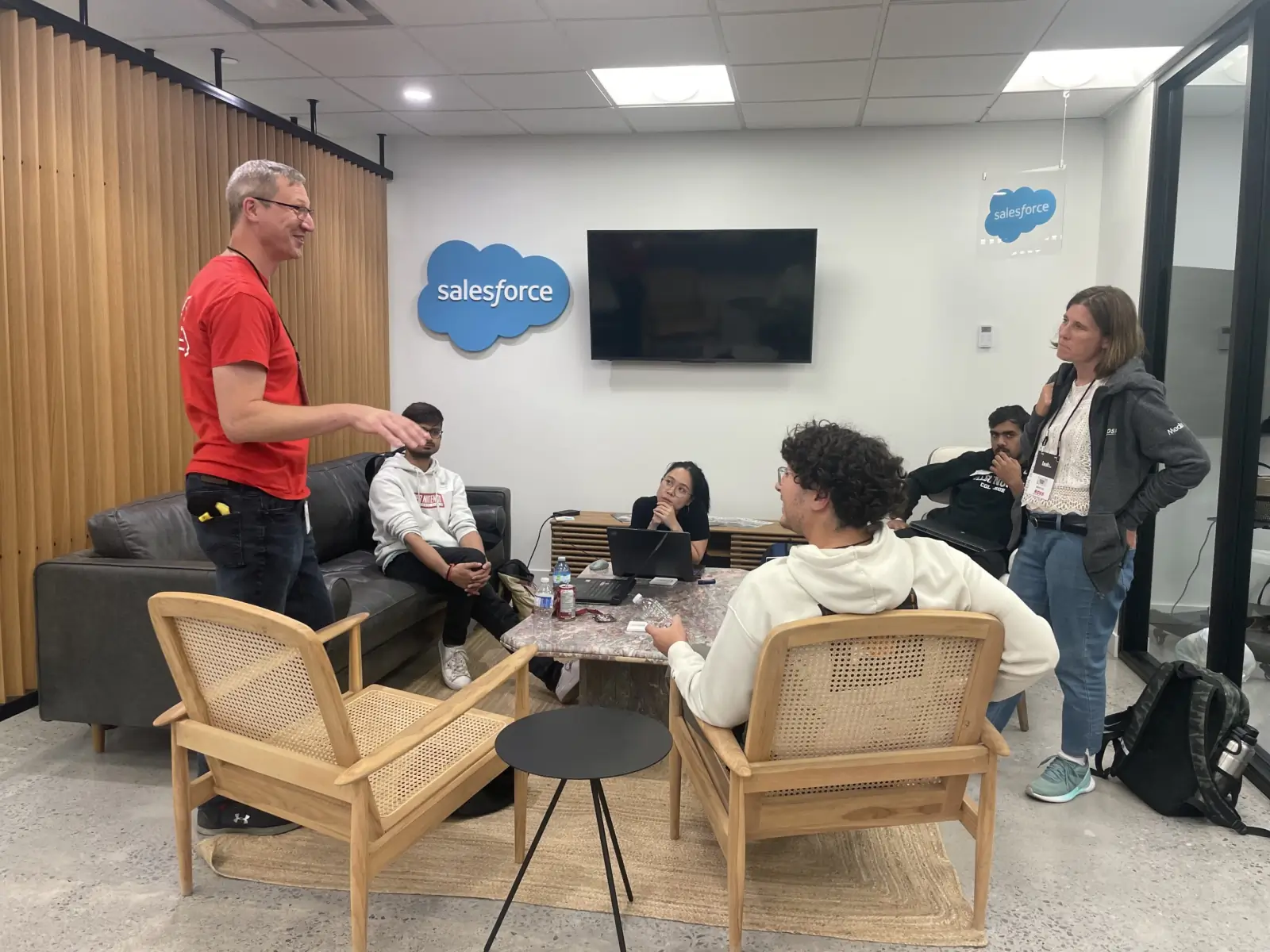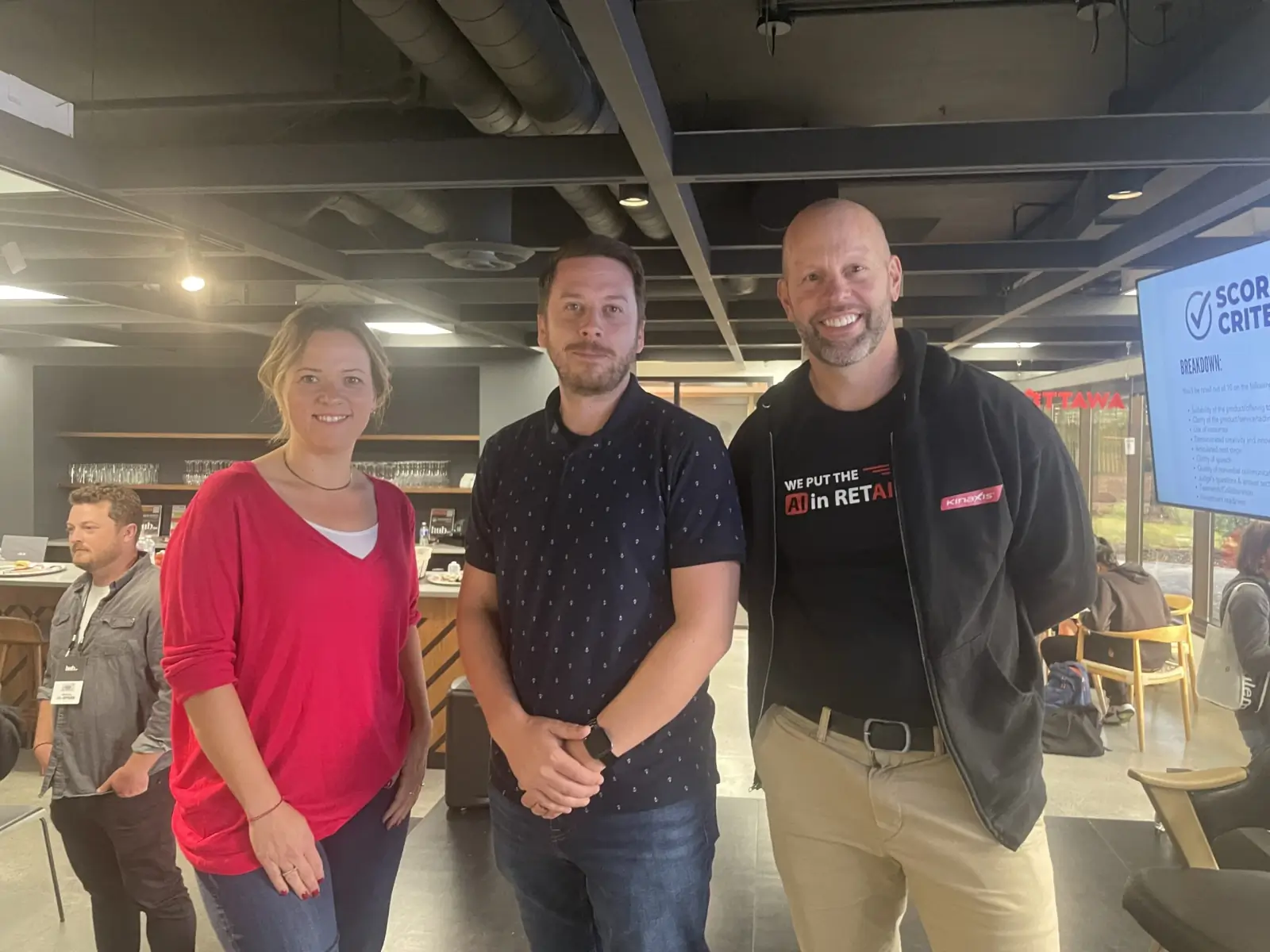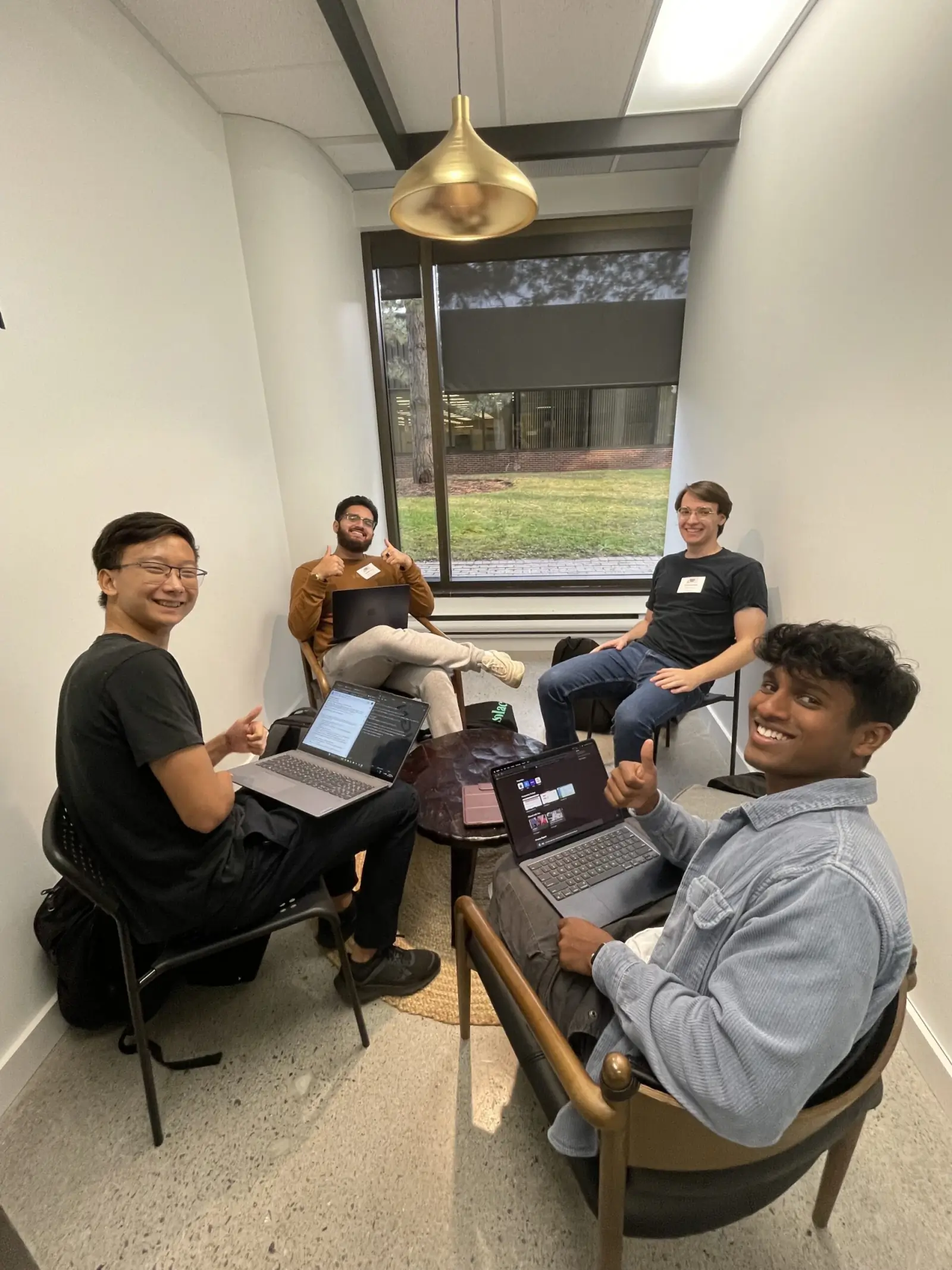
“See what you can do with the time you have. But don’t put too many constraints on yourselves too early.”
This was the advice Graham Andrews, VP of Development, Core Platforms at Kinaxis had for students taking part in the Discover Technata Hackathon, launched on Wednesday night at Hub350.


 For the second year in a row, the Kanata North Business Association hosted the event and found it fully subscribed with students from Carleton University, University of Ottawa and Algonquin College.
For the second year in a row, the Kanata North Business Association hosted the event and found it fully subscribed with students from Carleton University, University of Ottawa and Algonquin College.
Andrews said that he has participated in multiple hackathons, and while he confessed to some laughter that he hasn’t yet won one, he thinks it’s an important part of the Kinaxis culture that they are an annual event.
“Hackathon is not just for students. At Kinaxis, we do this every year for a whole week. I can think of a number of features in our GA product that started as hackathons from our employees and even co-op students,” he said. “This is a huge source of innovation for us and that’s how we think about it.”
 This year, they will be working to solve a problem from title sponsor Kinaxis. The problem statement is:
This year, they will be working to solve a problem from title sponsor Kinaxis. The problem statement is:
Emissions tracking is top of mind for companies when looking at their environmental, social, and Governance (ESG) Strategy. This helps each company look at their role in assessing the urgency of the climate crisis. Currently, emissions are assessed using estimates and mathematical models but they could be more accurate.
Companies in the Kanata North Tech Park are looking for ways to better track their current emissions and where they originate form in real time. How can they do that?
It’s also important that this information is made available to the public so they too understand their awareness of the climate crisis and become more conscious of their own emissions. How can companies target everyday consumers to educate them on the climate crisis and encourage them to reduce their own emissions? This could be anyone from their customers to their employees.
When considering a solution, consider using 5G, Internet of Things (IoT) and Artificial Intelligence (AI).
 Immediately, there were questions from students about existing datasets, whether they could do mock ups, and parameters of using 5G in their plans.
Immediately, there were questions from students about existing datasets, whether they could do mock ups, and parameters of using 5G in their plans.
Andrews jumped in to inspire the group.
“This statement is intentionally vague and unconstrained. You can make this as big or as small as you want,” he told them. A loud buzz filled the room as excitement grew.
Students were assembled into teams randomly selected by KNBA and set to work.
The rules of this Hackathon include:
- Individuals must attend all three in person hackathon sessions
- Only registered members of the team can work on the solution
- Individuals may use their own tools or open-source tools to bring the idea to life
- Only registered students on the team can pitch
- Academic integrity must be adhered to – any information used must be accurately cited
- 2-minute pitch videos must be submitted by October 6th
Students will meet again on Oct. 4 to continue work on their projects, with pitches and winners announced on Oct. 11.
